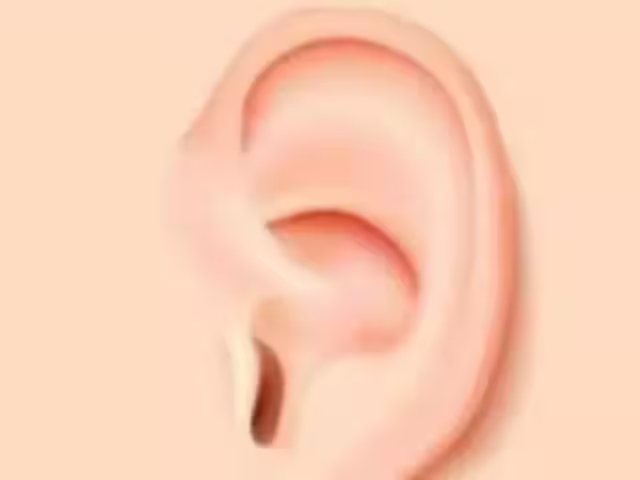Sensorineural hearing loss (SNHL) results from damage to inner ear structures or the auditory nerve. It is often caused due to loud noises, genetic factors, or aging. In the inner ear, the cochlea, a spiral-shaped organ, houses tiny hair cells called stereocilia, which convert sound vibrations into electrical signals transmitted to the brain by the auditory nerve. SNHL can vary from mild to complete hearing loss, depending on the extent of damage.
TYPES OF SENSORINEURAL HEARING LOSS
Bilateral sensorineural:
Genetics, loud noise exposure, and illnesses such as measles can cause SNHL in both ears.
Unilateral sensorineural:
SNHL may only impact one ear if caused by a tumor, Meniere’s disease, or a sudden loud noise exposure.
Asymmetrical sensorineural:
This happens when there’s hearing loss on both sides, but one side is worse than the other.
Sudden SNHL:


